Getting Started: Printing Checklists
Screen Printing on Tote Bags:
- Industrial Screen-Printing Machine
- Screen Printing Dryer
- Screen Printing Exposure Unit
- Screen Printing Inks & Supplies
Digitally Printing on Tote Bags:
- UV Flatbed Printer
- UV Inks
The checklist for digitally printing on tote bags is significantly shorter than that of screen printing on tote bags. Let’s explore the differences between the two processes further.
Industrial Screen-Printing Machines
Screen printing is a go-to method for apparel decorators, making it an appealing choice for those looking to decorate tote bags as well. Screen printed tote bags offer single and multi-color designs. At a surface level, industrial screen-printing machines are often a solution for decorating some tote bags; however, diving deeper, the need to heat bags to dry them is not suitable for all materials. Furthermore, there is discussion around Plastisol inks, that are often used for screen printing, questioning the makeup of the ink and consequences for inhalation.
Industrial Screen-Printing Process
The first step in the screen-printing process is the artwork creation. From there, the artwork needs to be transferred to a stencil.
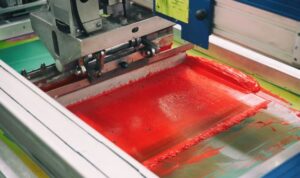
Fun fact: Apparel screen printers take note! You need to invert the image on the screen. You will place the tote onto the press opposite of how you would do it as a t-shirt.
In the most basic sense, screen printing involves transferring an inverse image of a stenciled design onto a surface using a combination of a squeegee, ink, and pressure. This process can be executed using a variety of equipment, ranging from handheld tools to sophisticated industrial machinery. Moreover, the techniques for creating stencils vary widely, encompassing methods such as vinyl transfers, laser engraving, exposure units, and more.
Advanced screen-printing systems, particularly high-end hybrid printers, can streamline the process by integrating both the printing and heat curing stages. This integration enhances efficiency and productivity. It should be noted that with screen printing, between each layer of color, there needs to be a drying stage.
For some, the drying stage and choosing the right textile dryer is one of the most important aspects of the screen-printing process for tote bags. The tote bag has to be properly cured with heat between each layer and therefor the chosen method of textile driver could in turn boost operations or slow it down. Extensive research should be conducted prior to selecting a drying unit for your screen-printing shop.
Choosing Ink to Screen Print Tote Bags
When it comes to screen printing inks for tote bags, two prominent options stand out: water-based inks and Plastisol inks.
- Plastisol inks are favored in the industry due to their highly opaque appearance, effortless Pantone color matching, user-friendly application, and prolonged shelf life.
- Water-based inks are preferred by eco-conscious consumers. This ink offers a soft-to-the-touch feel once dried, in contrast to the texture of Plastisol inks. Water-based inks excel particularly on 100% cotton materials, yielding vibrant prints, albeit with a shorter shelf life compared to Plastisol inks.
What are the Pros and Cons of Screen Printing?
There are several distinct advantages to screen printing.
- It offers flexibility in terms of cost, catering to budgets of varying sizes.
- It excels in its capability to print on a diverse array of colors, including dark fabrics, with remarkable contrast.
- Screen printing equipment, commonly utilized for apparel printing, often boasts larger print areas compared to alternative methods.
However, there are also several pain points associated with screen printing:
- Complex, multi-step process that requires multiple machines and setup stages.
- Drying time is needed, slowing down overall production time.
- Use of Plastisol inks, which can be less eco-friendly and require additional handling compared to UV digital alternatives.
Screen Printed Tote Bags
Screen printed tote bags offer a wide range of possibilities for customization, making them a popular choice for businesses and individuals alike. Whether you’re looking to print on cotton, canvas, polyester, or nylon tote bags, screen printing provides a durable and high-quality solution. Cotton tote bags are particularly ideal for screen printing due to their smooth texture and ease of ink absorption.
As a cost-effective printing method, screen-printing delivers bold, long-lasting designs with vibrant colors, making it perfect for custom screen printed tote bags that stand out. However, each color layer needs to dry before the next one goes on, and that means heat. So, materials that don’t handle heat well, like PVC clear concert bags, aren’t the best fit for screen printing.
For those looking to create custom screen-printed tote bags that combine style and functionality, screen printing remains one of the top methods for achieving professional, high-quality results.

The process of digital inkjet printing on tote bags begins similarly to screen printing, starting with the artwork. Once the artwork is finalized, it undergoes preparation for printing, involving specific layers for white and color. UV flatbed printers then take these prepared digital images and directly print them onto substrates, instantly curing them with UV light, enabling immediate stacking and shipping.
Prep the artwork, load the bag onto the platen, start the print, and load the next set of bags. The process is that simple, and better yet, complete within one machine.
Prep the artwork, load the bag onto the platen, start the print, and load the next set of bags. The process is that simple, and better yet, complete within one machine.
- UV inkjet printing on tote bags stands out as the preferred decoration method due to its ability to overcome limitations faced by other methods.
- No drying required. UV inks cure instantly under UV light, eliminating the need for drying units common in other printing methods.
- Strong white ink performance. UV Vivid White inks provide contrast comparable to screen printing, allowing for high-quality prints on dark or colored tote bags.
- No dye migration issues, UV printing avoids problems like dye migration on red materials, which can cause white ink to appear pink in screen printing.
Inkcups manufactured first-of-its-kind, direct-to-bag inkjet printer, the XJET Switch, to alleviate the limitations plaguing those looking to decorate tote bags. The XJET Switch features rotating plates to allow for a streamlined process of the operator loading while the machine prints in the back. This continual process eliminates down time when digitally printing tote bags.
UV Ink for Tote Bags
UV digital printers print with UV curable inks. For tote bags, we recommend the XFlexx UV Series. The XJET Switch swiftly decorates two tote bags at a time. Much like the XJET Switch being specially designed for decorating bags, the XFlexx ink line was designed to bend and move with the flexile materials they decorate without cracking or distorting. Depending on customer requirements, the XJET Switch can house custom tooling for 3-up, 4-up or more, if the printable area stays within the 650×350 mm total area.
Advantages of Digitally Printing Designs on Tote Bags
Utilizing a UV flatbed printer for digitally decorating tote bags offers numerous advantages over traditional methods like screen printing:
- Digital UV printers offer instant curing, removing the wait time for drying or the necessity of an extra machine.
- The specially formulated XFlexx Vivid White ink provides exceptional contrast, brightness, and quality akin to Plastisol white ink.
- The XJET Switch has the versatility to decorate various materials of tote bags without limitations.
Digitally Printed Tote Bags: The Best Choice for Any Material
With digital flatbed printers, such as the XJET Switch, there are no limitations as to what materials can be decorated. In fact, digitally decorating tote bags is an ideal method as it can accurately and instantly decorate non-woven, coated non-woven, polyester, PCV stadium bags, cotton, canvas bags and more.
Get started today with digitally decorating tote bags with digital UV flatbed printers such as the XJET Switch. Contact your local sales representative to get the discussion started.
For more information, please visit Applications: Reusable Bags
 Tagless Printers
Tagless Printers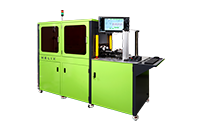 Cylindrical Inkjet Printers
Cylindrical Inkjet Printers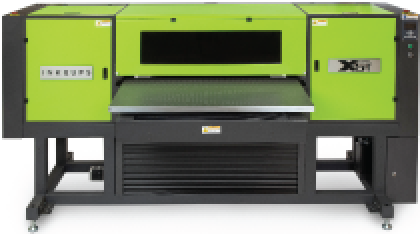 UV Flatbed Printers
UV Flatbed Printers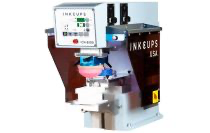 Pad Printing Machines
Pad Printing Machines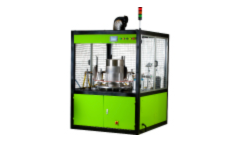 Pretreatment Systems
Pretreatment Systems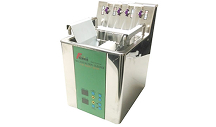 Inkjet Printing Auxiliary
Inkjet Printing Auxiliary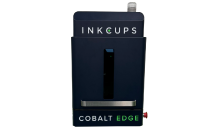 Laser Plate-Makers
Laser Plate-Makers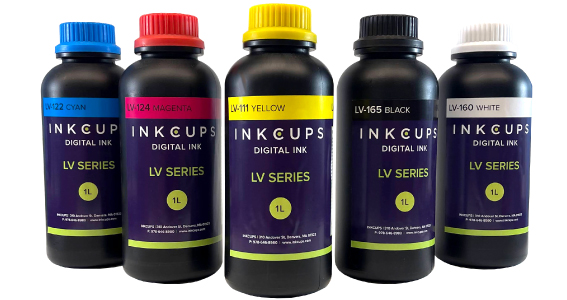 Inkjet Printing Supplies
Inkjet Printing Supplies Pad Printing Supplies
Pad Printing Supplies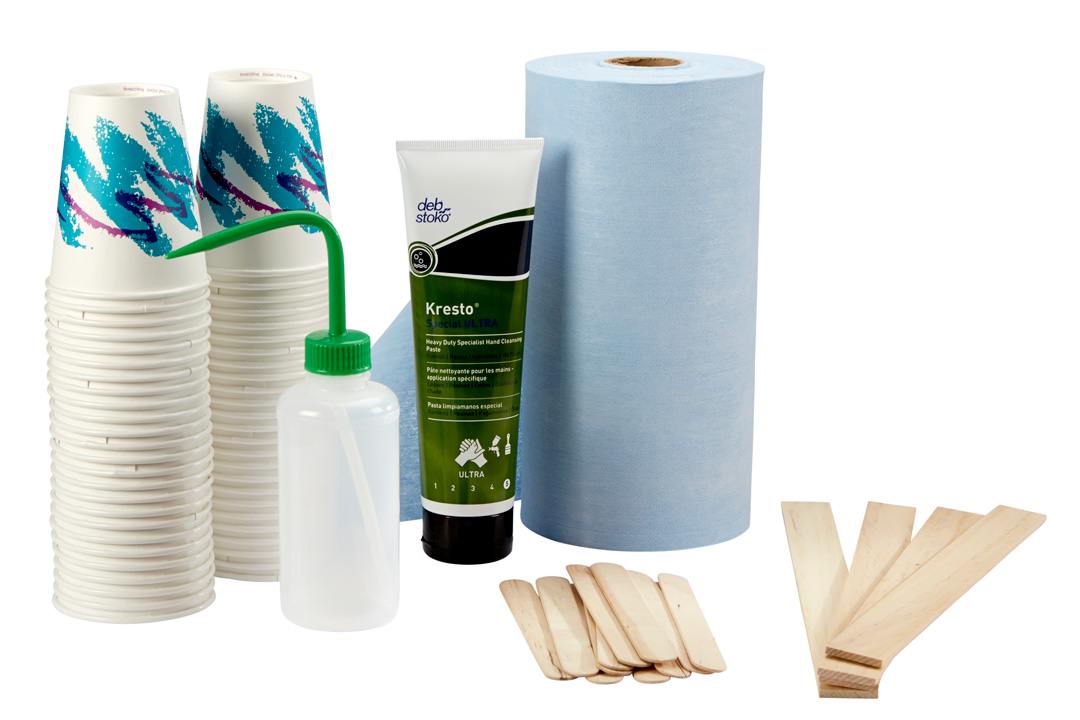 Tagless Supplies (tagless.inkcups.com)
Tagless Supplies (tagless.inkcups.com)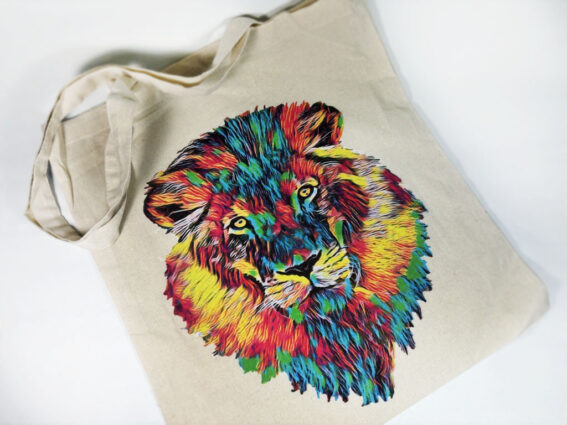


Add Your Comment